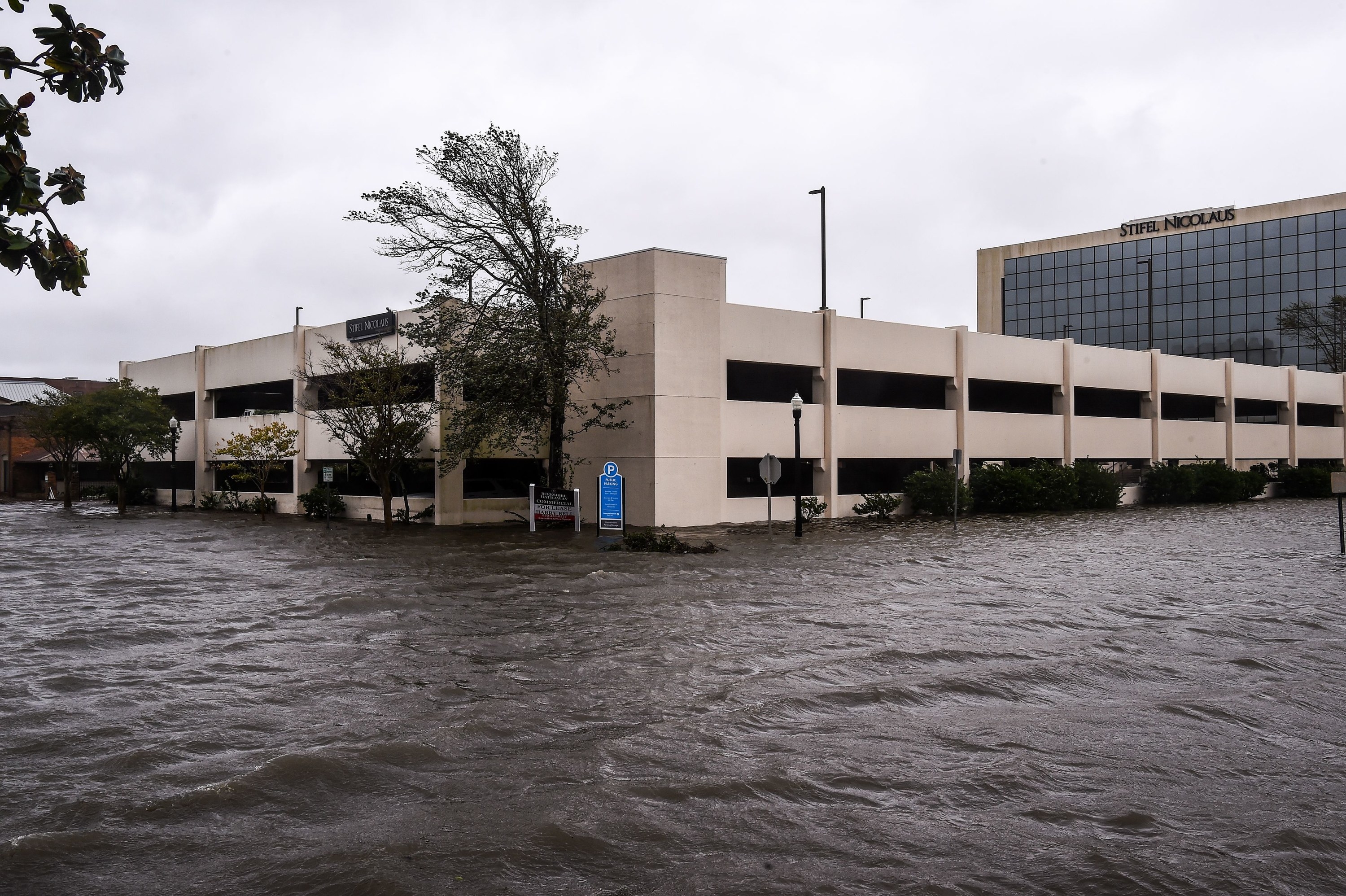
It “comes down to luck,” University of Miami meteorologist Brian McNoldy tells National Geographic. “It likely plays a role in the decreased translation speed of landfalling hurricanes.”ĭepending on where a storm forms, it could get trapped in a weak or strong jet stream current. “Our work indicates that climate change is favoring this phenomenon,” Mann tells the Times.

Mann of Penn State proposed that this reduction in temperature difference might lead to a weaker jet stream, which in turn leads to slow-moving storms that wreak prolonged havoc. As Earth’s poles warm, the temperature difference between the poles and the tropical regions decreases. A 2018 study by NOAA scientist James Kossin, published in Nature, found that in the last 50 years, the “ translation speeds” of hurricanes and tropical storms, or how quickly the storms move over an area, had decreased by about 10 percent.Īs Gibbens reports for National Geographic, some scientists believe that this reduction in speed might result from a less powerful jet stream, the fast-moving currents of air that flow across Earth’s surface. Emerging evidence also indicates that climate change will make hurricanes travel more slowly. In late August, Hurricane Laura sped across the Gulf Coast at 15 miles per hour, per NPR.Ĭlimate change is making hurricanes wetter, because the atmosphere can hold more moisture as it warms up and therefore produce more rain, as the Times reports. Sally’s sluggish pace stands out in an unusually active hurricane season: Hurricane Paulette, for instance, moved at a brisk 25 miles per hour across the Atlantic on Tuesday, per the New York Times. By Wednesday afternoon, the storm had finally picked up speed, but its remnants continued to flood the Southeast. While moving at a snail’s pace, Sally unloaded an amazing 20 to 30 inches of rain on Georgia and the Carolinas, reports Ian Livingston for the Washington Post.


At one point near the Mississippi coast, the storm was moving at just 2 to 3 miles per hour, which is about as fast as a person can walk, reports the Associated Press. Central Time this Wednesday over Gulf Shores, Alabama. The latest example of the phenomenon is Hurricane Sally, which made landfall around 5 a.m. When Hurricane Harvey blasted across Texas in 2017, one of its most dangerous traits was its lumbering pace: as the storm moved inland, it stalled and crept along slowly, dumping extraordinary amounts of rain on the region and causing devastating floods.Ī stalled hurricane can be deadly, and scientists anticipate that as the climate crisis continues, the number of slow-moving storms like Harvey will increase, reports Sarah Gibbens for National Geographic.


 0 kommentar(er)
0 kommentar(er)
